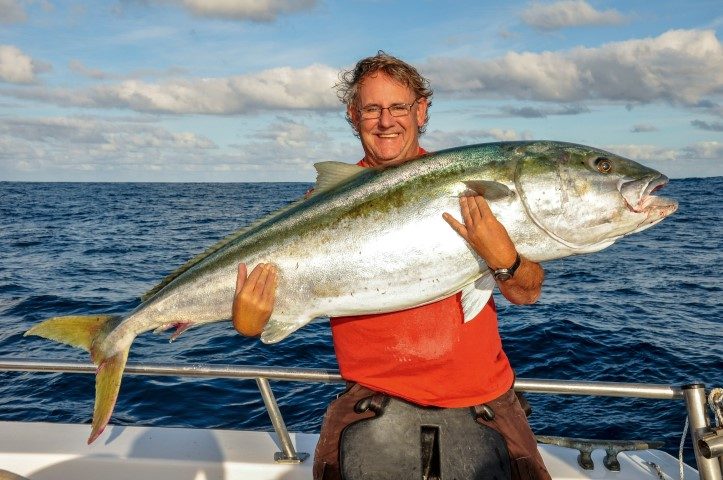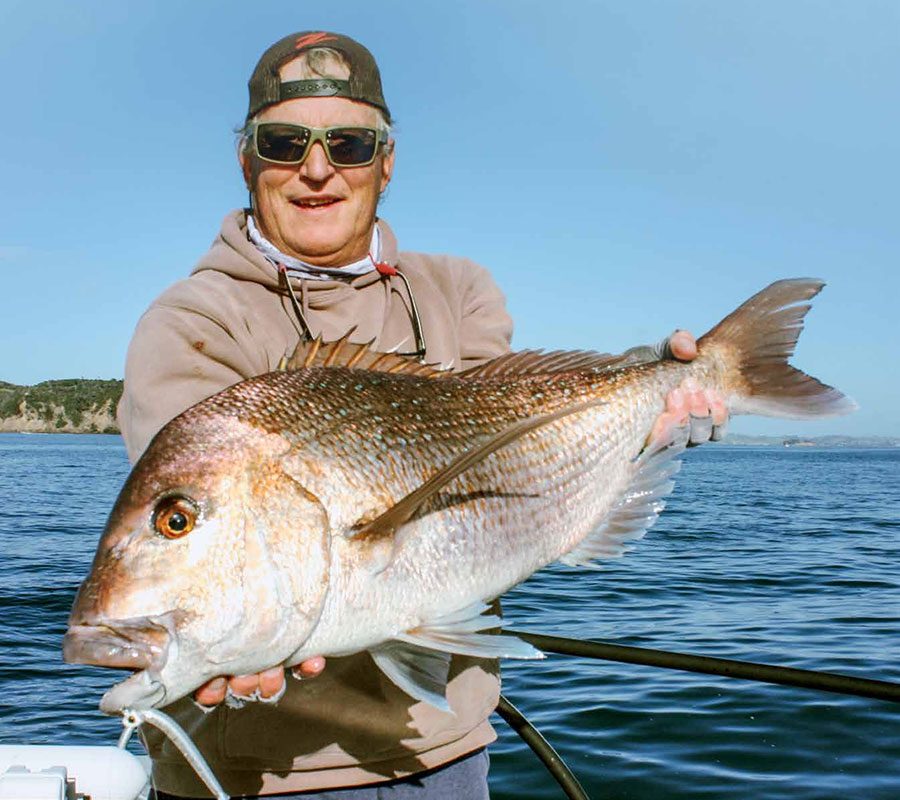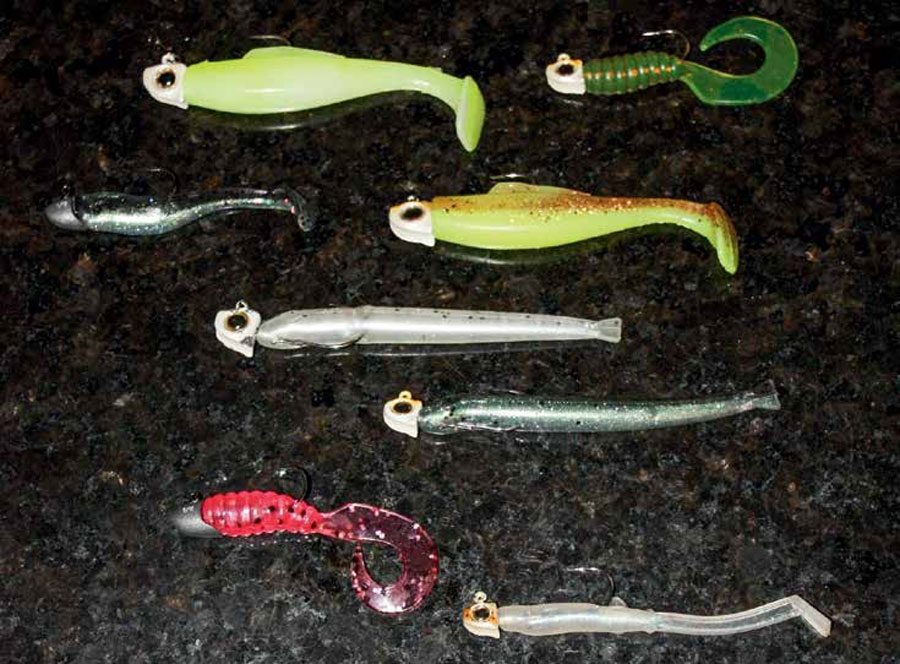

I’ve always been an advocate of using light tackle. Maybe it’s my background in fly-fishing and an early interest in club and IGFA light tackle records. In my early enthusiasm for light tackle fishing, I attempted to catch powerful fish like kahawai and kingfish using 1kg and 2kg monofilament nylon. I enjoyed some success with these spiderweb lines, but kingfish of any size eluded me.
A friend and mentor at the time was American ex-pat angler Mark Feldman, who in the early 1980s accumulated a slew of light and ultra-light tackle records on kingfish and sharks using line classes down to 1kg. Mark was a consummate angler with the patience of a saint. Some of his ultra-light tackle captures took four or five hours, during which the slightest lapse in concentration could result in a broken line.
I fished with Mark a few times and acted as his boatman during several record attempts. I soon learned that I lacked his patience and attention-to-detail and so never enjoyed the level of success he did, but I became a competent light tackle fisher and managed some good catches on 2 and 4kg line. Indeed, 4kg subsequently became my standard line class for school snapper and kahawai.

Light tackle fishers quickly learn how much pressure they can apply before some item of tackle fails, which is relevant no matter what gear you use. ‘Light tackle’ is a relative term, after all – 37kg line is ‘light’ if the fish you are targeting weighs hundreds of kilos and it’s quite possible to break ‘heavy’ tackle (also a relative term) if you over-tax it.
Knowing how much pressure to apply comes down to an intangible: feel. There are some useful rules of thumb around how much drag you can safely apply, but skilled anglers seem to know instinctively how hard they can pull on a fish. The most successful anglers, whether they use light or heavy tackle, fish their tackle to its limits.

I’ve been fortunate enough to fish with some amazingly skilled anglers. What they all have in common is supreme confidence in their gear – rods, reels, lines, drag performance, knot integrity – along with an uncanny ability to judge just how far to push things when hooked up to a big fish. Combine good gear with finely-honed angling skills and you will see some remarkable fish captures.
But the big downside of light tackle fishing is lost fish. A snapped line means a fish left carrying a hook, which it may or may not be able to shed over time. It is even worse when a fish is left trailing a length of line and sometimes a sinker as well. If you fish lures, as I do, a bust-off means a lure left hanging in a fish’s face, where it will remain until it can be shed – or the fish dies of starvation because the lure interferes with its ability to feed.
Divers regularly report seeing kingfish with lures in their faces; I have seen caught dozens of kingfish trailing traces from their mouths and a few even carrying 400g jigs. Many of those fish would have died. I’d rather not contribute to such suffering and waste.
Consequently, I’m much less interested in light tackle fishing for its own sake these days, just as I have lost interest in fishing for records. I still fish for sport (recreation), but I like to put a feed on the table as well and any fish I release I want to release voluntarily, not because it broke the line.

I still get a kick out of catching big fish, but it’s often the way I catch them that gives me the most satisfaction. I prefer using lures over bait and I like to catch fish using techniques that demand a degree of skill. Even a modest-sized fish taken on a new lure or using a new technique is worth celebrating.
Light tackle has a place if it allows me to hook fish I otherwise couldn’t, but for the most part I now fish with gear that is unlikely to fail, even when I make a mistake.
Part of this transformation is due to my adoption of GSP braided line. It allows me to fish with ‘light’ tackle – lightweight graphite rods, small reels and fine-diameter line – but that packs the punch of 10kg-class gear or heavier.

Modern fishing tackle is light in the hand, but with the incredible strength-to-diameter ratio of GSP lines, reels capable of stratospheric drag pressures, and super-powerful graphite composite rods, it has little resemblance to the bulky gear I used 20 years ago. And while my soft plastics outfits don’t look very different to the light/ultra-light spin gear I used when seeking light tackle records, they are a world away in terms of power and sophistication – and much lighter in the hand too.
So, I’ve seen the light and put the ultra-light tackle away, preferring to fish braided lines with breaking strains that easily handle the fish I hook most of the time. There are always surprises, of course, but that’s where skills honed over years of light tackle fishing come into play. If I do hook an unexpectedly large fish, I can always fall back on them.




